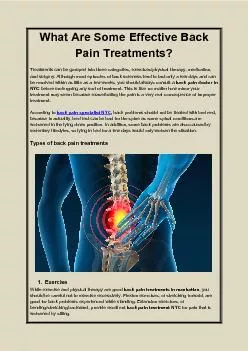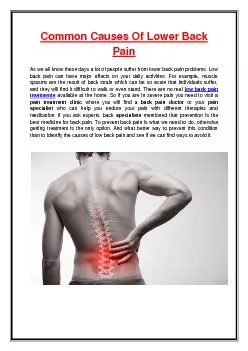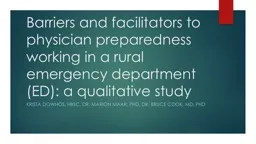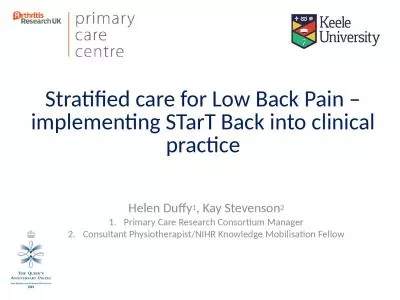PPT-Facilitators and Barriers to Application of Low Back Pain Clinical Guidelines
Author : conterc | Published Date : 2020-06-22
Alan K Novick MD Rehabilitation Medical Director Memorial Rehabilitation Institute Objectives Develop a basic understanding of the Agree II tool with respect to
Presentation Embed Code
Download Presentation
Download Presentation The PPT/PDF document "Facilitators and Barriers to Application..." is the property of its rightful owner. Permission is granted to download and print the materials on this website for personal, non-commercial use only, and to display it on your personal computer provided you do not modify the materials and that you retain all copyright notices contained in the materials. By downloading content from our website, you accept the terms of this agreement.
Facilitators and Barriers to Application of Low Back Pain Clinical Guidelines: Transcript
Download Rules Of Document
"Facilitators and Barriers to Application of Low Back Pain Clinical Guidelines"The content belongs to its owner. You may download and print it for personal use, without modification, and keep all copyright notices. By downloading, you agree to these terms.
Related Documents

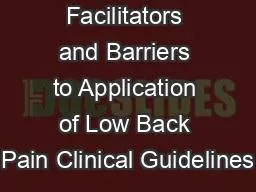

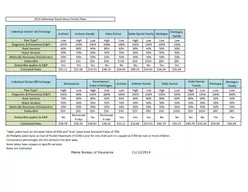


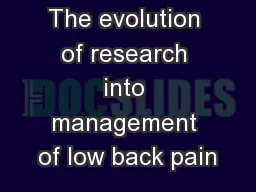
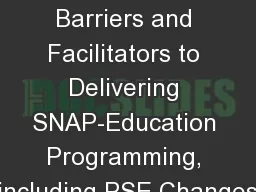
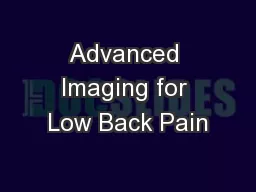
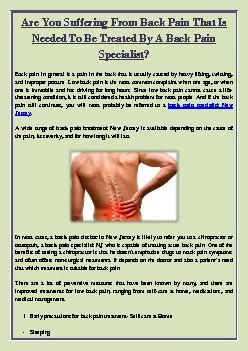
![[READ] Low Carb: Low Carb Weight Loss Secrets Box Set (Dash Diet, Slow Cooker Meals, Low](https://thumbs.docslides.com/881235/read-low-carb-low-carb-weight-loss-secrets-box-set-dash-diet-slow-cooker-meals-low-carb-cookbook-low-carb-recipes-low-car.jpg)
